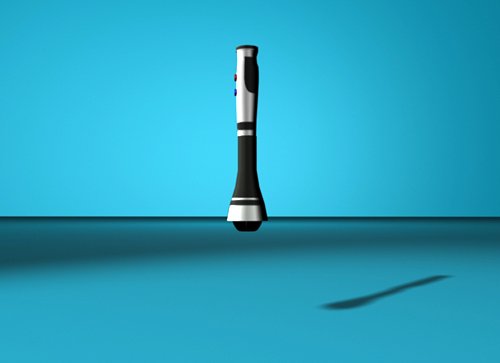Introduction
Socioeconomic studies often delve into a myriad of factors that shape the dynamics of human societies. While the traditional methods of data collection and analysis have yielded substantial insights, innovative approaches can sometimes offer fresh perspectives. One such unconventional avenue is the study of dog scat—a resource that might hold unexpected insights into socioeconomic patterns. This article explores the potential of using dog scat as a basis for socioeconomic studies, acknowledging both its opportunities and limitations.
The Unlikely Connection
At first glance, the idea of using dog scat for socioeconomic studies might seem bizarre. However, examining the waste of our four-legged companions can yield valuable information about various aspects of a community’s socioeconomic landscape.
Dietary Habits and Socioeconomic Disparities
The contents of dog scat can provide insights into the dietary habits of dogs across different neighborhoods. High-quality dog food tends to be more expensive, while lower-income communities might resort to more affordable alternatives. Analyzing the composition of dog scat from various areas can shed light on disparities in pet nutrition and indirectly reflect the socioeconomic conditions of those neighborhoods.
Pet Ownership and Financial Stability
The prevalence of dogs within a community can be indicative of its socioeconomic makeup. Affluent neighborhoods might have a higher concentration of dogs as pets, given the resources required for proper pet care. Conversely, lower-income areas might have fewer dogs due to financial constraints. By surveying and analyzing dog scat, researchers can estimate dog populations and thus infer patterns of pet ownership in different socioeconomic strata.
Public Spaces and Urban Planning
The distribution of dog scat in public spaces can offer insights into the state of urban planning and community development. Well-maintained parks in prosperous neighborhoods are likely to have more responsible pet owners who clean up after their dogs. In contrast, neglected public spaces in economically challenged areas might witness higher instances of dog waste, reflecting issues with urban infrastructure and resource allocation.
Access to Veterinary Care
The presence of parasites or undigested elements in dog scat can provide indirect information about access to veterinary care. Higher instances of parasites could indicate inadequate medical attention, possibly due to financial constraints faced by dog owners in certain communities. This aspect can be a stepping stone to understanding the accessibility of healthcare services in different socioeconomic settings.
Limitations and Ethical Considerations
While using dog scat as a basis for socioeconomic study has its potential, it’s essential to acknowledge the limitations and ethical considerations associated with this approach:
1. Sample Bias: The collection of dog scat samples might suffer from biases, as certain areas might be overrepresented or underrepresented due to various factors.
2. Privacy Concerns: The collection of data from public spaces raises concerns about privacy, as the waste of pets might indirectly reveal information about their owners.
3. Causation vs. Correlation: While correlations between dog scat composition and socioeconomic factors can be established, direct causation might be challenging to prove.
4. Ethical Treatment of Animals: Researchers must ensure that the study respects the ethical treatment of animals, avoiding any harm or discomfort to dogs during the data collection process.
Conclusion
In the realm of socioeconomic studies, creativity knows no bounds. While unconventional, the idea of using dog scat as a basis for such research opens up intriguing possibilities. By examining the waste of our furry companions, researchers can gain insights into dietary habits, pet ownership trends, urban planning effectiveness, and access to veterinary care across different socioeconomic strata. However, it’s crucial to approach this method with ethical considerations in mind and acknowledge its limitations. As society continues to evolve, so too do the ways in which we uncover valuable insights into the human experience.
> write an article exploring how to use dog scat as a basis for a socioeconomic study



Recent Comments